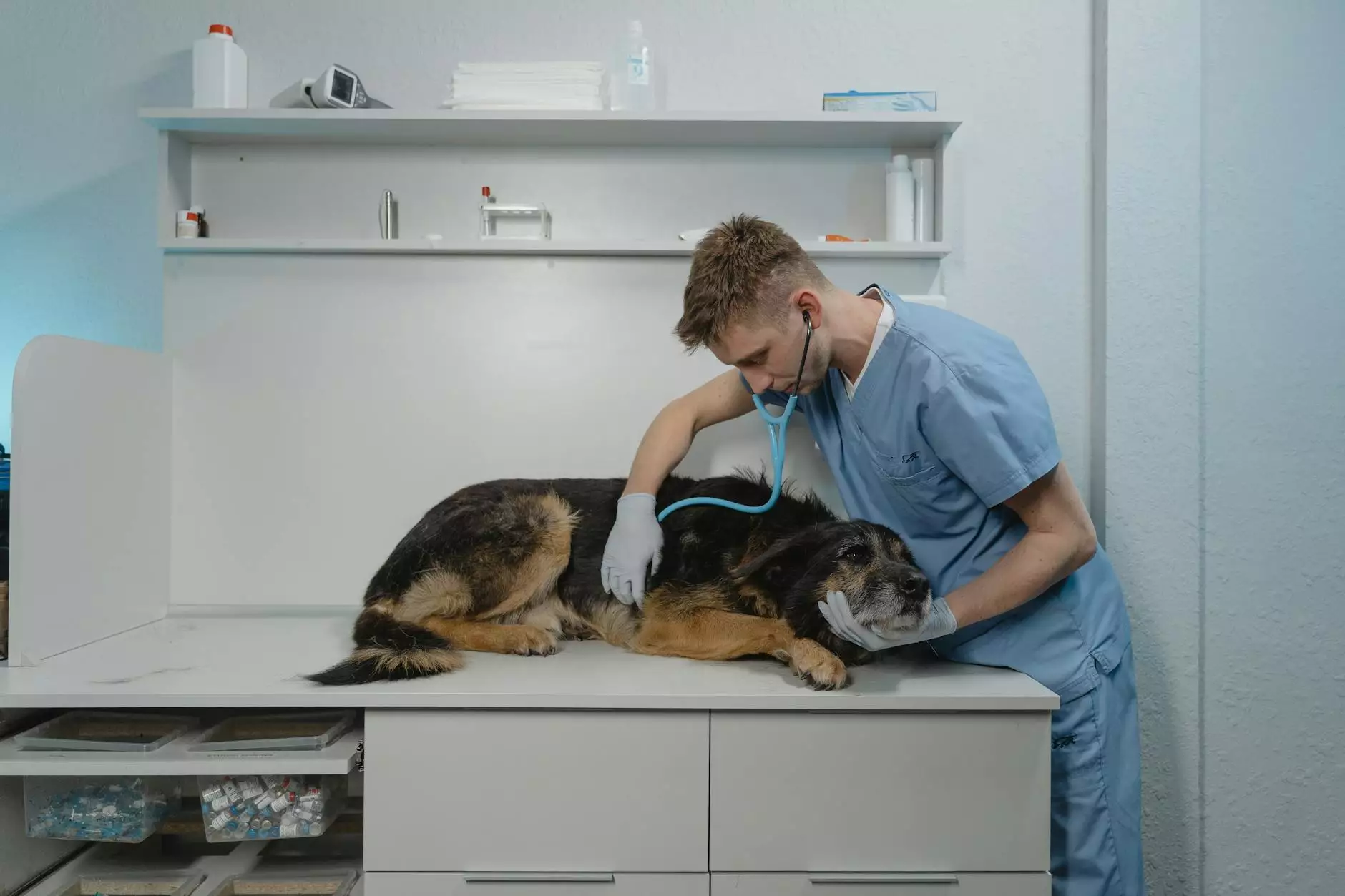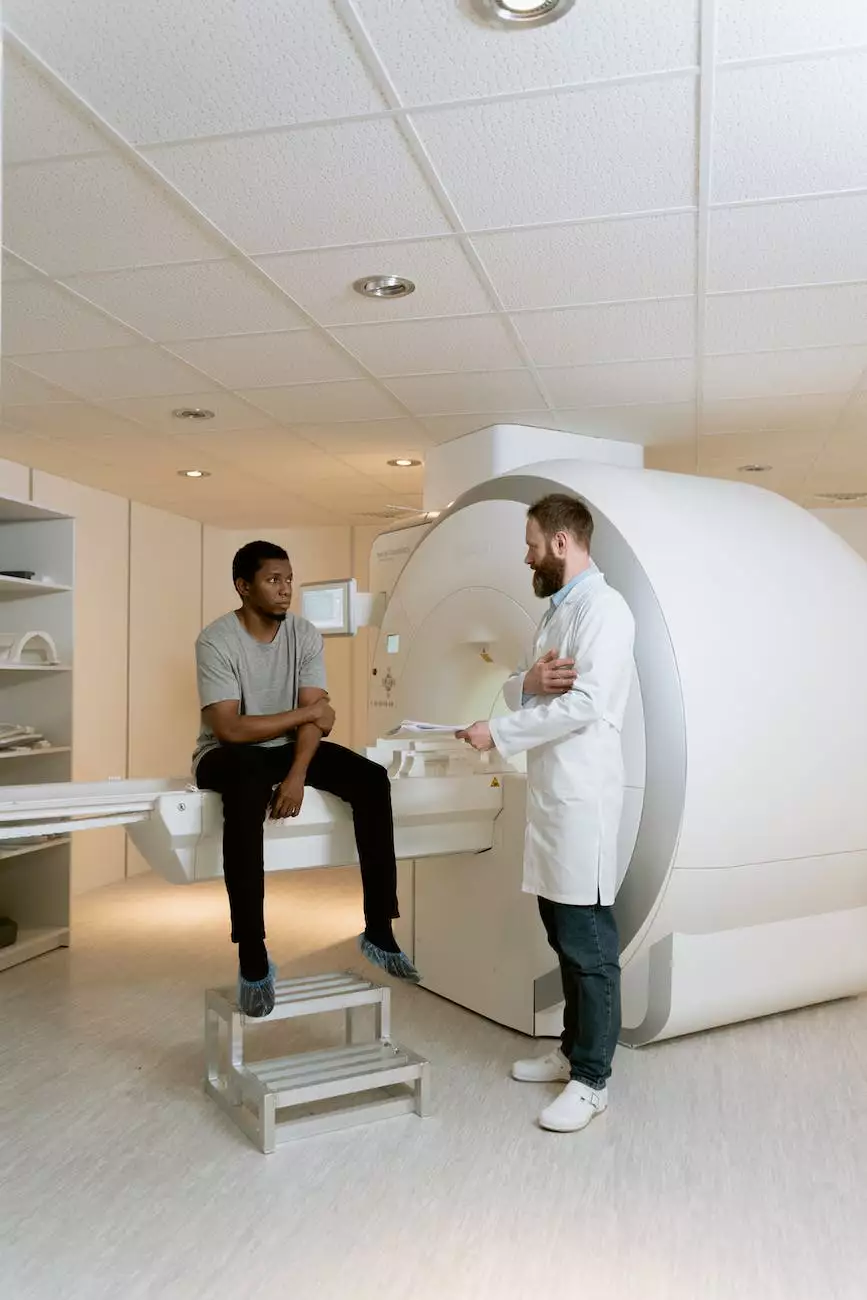Leg Lump - Symptoms, Causes, Treatments
Services
Symptoms of Leg Lumps
A leg lump can be a cause for concern, especially when accompanied by certain symptoms. Some common symptoms associated with leg lumps include:
- Pain or tenderness in the affected area
- Redness or discoloration of the skin
- Swelling or inflammation
- Warmth around the lump
- Difficulty in walking or moving the leg
- Pus or discharge
- Fever or chills (in some cases)
Causes of Leg Lumps
Leg lumps can arise from various causes. Understanding the underlying cause is crucial in determining the appropriate treatment. Here are a few common causes of leg lumps:
Injury or Trauma
Accidents, falls, or sports-related injuries can result in leg lumps. Contusions and hematoma, caused by the breakage of blood vessels, can lead to localized swelling and lump formation. Immediate medical attention may be required to assess and treat the injury.
Benign Tumors and Cysts
Some lumps in the leg may be benign growths such as lipomas or ganglions. These are usually harmless but should still be evaluated by a healthcare professional to rule out any potential complications.
Infections
Infections can cause painful leg lumps, including abscesses or cellulitis. These conditions often require medical intervention, which may include antibiotics or drainage procedures. Prompt treatment is essential to prevent further complications.
Arthritis and Joint Conditions
Leg lumps can sometimes be associated with underlying joint problems such as rheumatoid arthritis or osteoarthritis. These conditions may lead to the development of nodules or swelling in the affected areas of the leg. Proper diagnosis and management from a qualified healthcare provider are necessary.
Treatments for Leg Lumps
Effective treatments for leg lumps depend on the underlying cause. Benjamin Shettell, MD specializes in providing personalized care and treatment options for various leg conditions. Treatment options may include:
Conservative Management
In some cases, conservative management techniques such as rest, ice, compression, and elevation (RICE) can help reduce inflammation and alleviate discomfort. Physical therapy and rehabilitation exercises may also be recommended to promote healing and restore function.
Medications
In certain situations, medications may be prescribed to address the symptoms associated with leg lumps. Nonsteroidal anti-inflammatory drugs (NSAIDs), pain relievers, or antibiotics might be used depending on the underlying cause.
Surgical Intervention
If conservative measures do not provide sufficient relief or if the leg lump requires removal, surgical intervention may be necessary. Benjamin Shettell, MD is experienced in performing surgical procedures with utmost precision and care.
Minimally Invasive Procedures
In recent years, advancements in medical technology have led to the development of minimally invasive procedures for treating leg lumps. These procedures typically involve smaller incisions, reduced scarring, and faster recovery times.
Conclusion
Leg lumps can be a cause for concern, but with the right medical care and treatment options, most conditions can be effectively managed. Benjamin Shettell, MD is committed to providing exceptional healthcare services and ensuring the well-being of his patients.
If you are experiencing symptoms or have concerns about a leg lump, don't hesitate to reach out and schedule an appointment. Early intervention and proper diagnosis are crucial in achieving the best possible outcomes.




